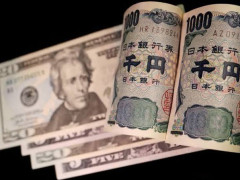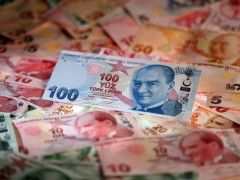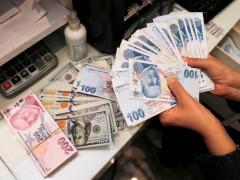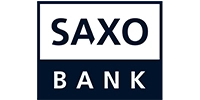US Dollar Strengthens Against Peer Currencies
FOREX news
3 months ago

The US dollar has grown stronger in recent weeks, showing off the robustness of the American economy. The US dollar index, a measure of the greenback against peer currencies, recently reached 106.26, marking its highest point since early November.
This surge is supported by positive indicators from various sectors, including a resilient job market, growth in manufacturing, and consistent consumer spending. These factors have given the Federal Reserve confidence in maintaining interest rates at a 23-year peak as inflation approaches its 2% target.
Despite the positive economic indicators, inflation remains a concern due to higher gas prices and persistent housing costs. Experts suggest that the dollar's current surge is supported not only by domestic economic stability but also by its comparative performance against other major economies, such as the eurozone.
Moreover, geopolitical tensions often trigger a flight to safe haven investments, which benefits the dollar, particularly as the US is relatively insulated from energy shocks affecting Europe and Japan.
What Does This Mean for Me?
For Americans, a stronger dollar means better purchasing power, making imports cheaper and encouraging overseas travel.
Internationally, a strong US dollar can have a negative impact on other economies as it makes their exports less competitive. However, it is also an indication of the relative economic performance and policy settings between the US and other countries.
Based on current trends, it is likely that the dollar will continue to remain strong, particularly due to ongoing geopolitical risks leading up to the upcoming US elections. This highlights the interconnected nature of economic policies and the overall global economic health.
More news


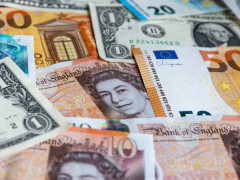

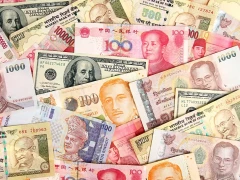

Euro Declines Amid Political Shifts in Europe
1 month ago

The US Dollar is Gaining Strength
5 months ago

The British Pound Suffers Worst Month for a Year
9 months ago

Argentina Monthly Inflation Highest in Two Decades
10 months ago

China's Yuan is Collapsing Against the Dollar
10 months ago
Carousel
Do you need help or have a question?

